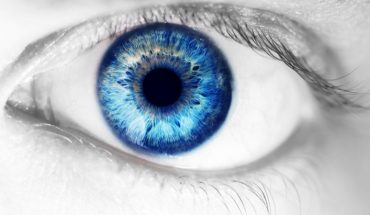A crucial link between the brain’s cleaning system and deterioration of neurons associated with Alzheimer’s disease has been discovered by University of Queensland researchers.
Professor Elizabeth Coulson, from UQ’s School of Biomedical Sciences and Queensland Brain Institute, said the research has revealed a direct link between early brain degeneration and impaired waste clearance in the brain, and could help explain how Alzheimer’s begins to take hold.
“The research focused on specific brain neurons which are the first to die in Alzheimer’s disease,” Professor Coulson said.
“Our previous studies found the degeneration of these brain neurons and build-up of toxic proteins go hand-in-hand in Alzheimer’s disease.
“The brain has inbuilt cleaning systems to rid it of waste and toxins, which is essential to cognitive health and preventing neurodegenerative diseases.
“However, how the brain knows to empty the waste is still unclear.’’
Lead author Associate Professor Kai-Hsiang Chuang, from UQ’s School of Biomedical Sciences, said the research could guide the development of new diagnostics and treatments that target this breakdown early.
“The 5-year study used 25 humans aged 60-90 years, 10 of whom exhibited early mild cognitive impairment, along with animal models,” Dr Chuang said.
“It showed these neurons previously known for cognitive function, also control the blood and fluid movement that drives the cleaning system. Weakening these neurons leads to impaired waste clearance.”
The researchers also found that commonly prescribed Alzheimer’s drugs partially restored the waste fluid flow.
Professor Coulson said the findings challenged current thinking about when the brain waste disposal system is active.
“Although there has been a lot written about the brain clearing toxins during sleep, this has been debated within the science community,” Professor Coulson said.
“Our studies show the neurons that first die in Alzheimer’s disease are active when we are awake and the brain is active.
“But more research is needed to examine the association between toxin clearance and sleep-wake states.”
The findings are part of Professor Coulson’s extensive research over 20 years including her finding that obstructive sleep apnoea causes Alzheimer’s-like neurodegeneration and her discovery of how the neurotrophin brain receptor, p75NTR, triggers neuronal death in diseases.
“We are trying to develop a drug to target this p75 cell death receptor to stop the neurons from dying, not just treat the symptoms of dementia,” Professor Coulson said.
“If that worked, it would be a breakthrough and could improve thousands of lives.”
In a new study, led by Dr Ying Xia of UQ’s School of Biomedical Sciences and CSIRO eHEALTH group and who collaborated on the current study, researchers are evaluating the effectiveness of current Alzheimer’s drugs.
“We need to determine if they are less effective once neurons are lost, and whether they could change how the disease progresses if we start the treatment earlier,” Dr Xia said.
“This will help us understand how to identify the patients who are most likely to benefit from existing treatments.”
The research is published in Nature Communications.
- World-first breakthrough for bowel cancer immunotherapy - 24th October 2025
- The future of sepsis research - 24th October 2025
- Unpaid carers working longer hours - 24th October 2025







